There’s something uniquely British about the phrase “dress appropriately.” It manages to be simultaneously specific and hopelessly vague, loaded with social expectation yet entirely unhelpful as practical guidance. I received an invitation last month to a friend’s birthday with exactly this instruction. When I texted him to ask what it actually meant, he replied, “You know, appropriate.” Cheers for that, mate. Crystal clear.
The problem with “dress appropriately” is that appropriateness is entirely contextual. Appropriate for what? For whom? In relation to what standard? It’s a phrase that assumes shared understanding of unwritten rules, which is perhaps the most British thing about it—the expectation that you already know, and if you don’t know, you should at least have the good sense not to ask and reveal yourself as an outsider to the code.
Having spent years navigating these mysterious waters (sometimes successfully, often not), I’ve developed a sort of field guide to what “dress appropriately” actually means across different British social contexts. Consider this your translation service for those frustratingly ambiguous dress codes.
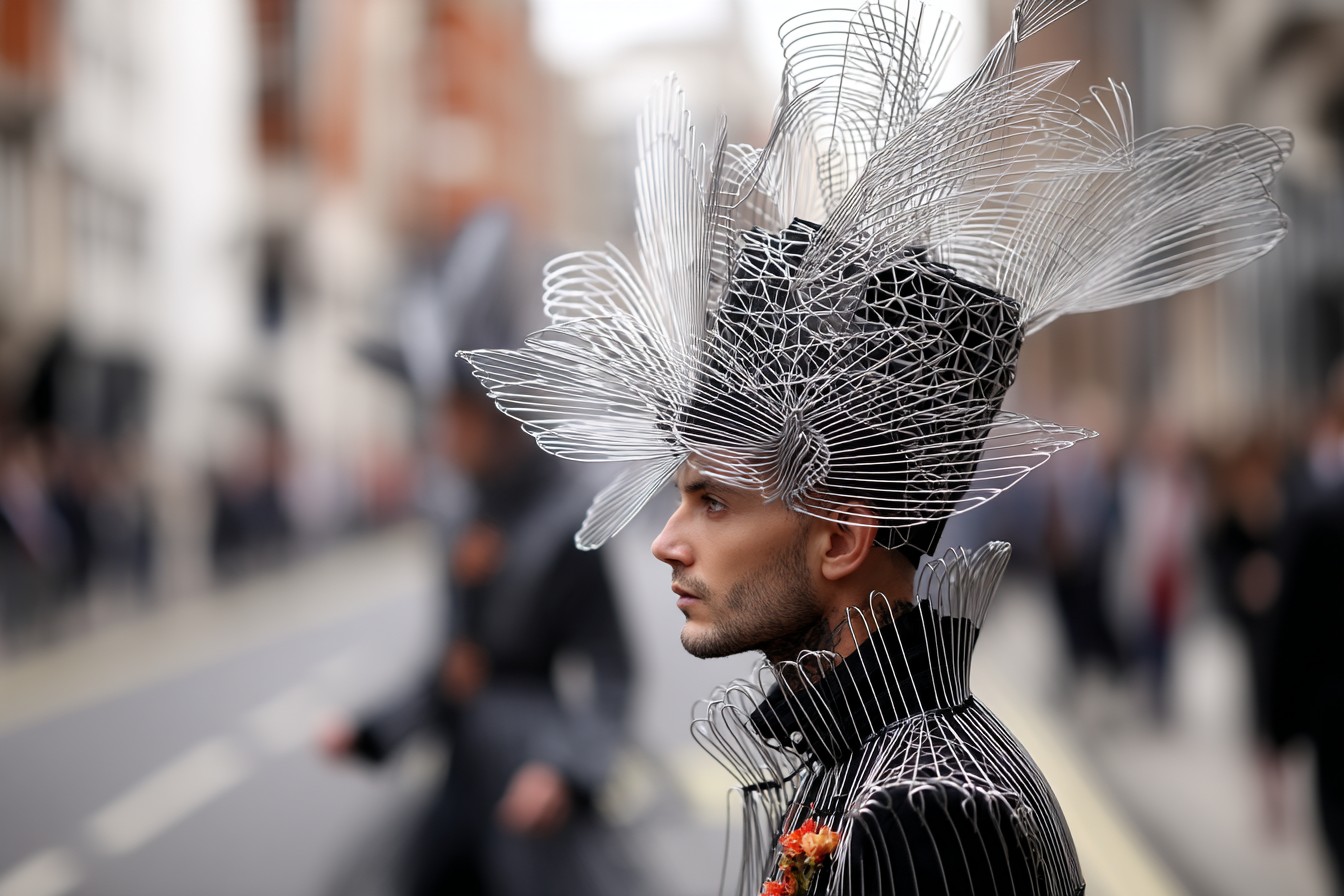
Let’s start with weddings, where “dress appropriately” usually means something quite specific depending on the time of day and location. For a traditional church wedding with a reception at a country house or hotel, men are expected to wear a suit (dark colors for winter, lighter for summer) with a tie. Not your work suit—your wedding suit, which should somehow communicate “this isn’t a job interview” through subtle details and styling. A pocket square helps with this transition, as does a slightly more interesting tie than you’d wear to the office.
The “morning suit versus lounge suit” question depends entirely on the circles the couple moves in. If the groom’s father is the type who belongs to clubs with strict dress codes, expect morning suits. If the couple met at university and work in creative industries, a normal suit is fine. When in serious doubt, ask the best man—not the groom, who has enough to worry about.
I learned this the hard way at my university friend Simon’s wedding, where I turned up in what I thought was a perfectly appropriate charcoal suit only to discover all the other male guests in morning suits, making me look like I’d wandered in from a nearby business meeting. The father of the bride actually asked if I was the wedding photographer. I was not. I was a properly invited guest who had failed to decode “dress appropriately” correctly.
For country house weekends—those mythical gatherings that somehow still exist despite the collapse of the aristocracy—”dress appropriately” contains multitudes. You’ll need at least four different outfits: casual day wear that doesn’t look too urban, something smarter for dinner (potentially black tie, check in advance), outdoor clothing that doesn’t look brand new (nothing signals “imposter” like box-fresh Hunter wellies), and something for Sunday lunch that communicates you’ve made an effort but aren’t trying too hard.
The countryside version of “appropriate” has its own bizarre rules. Your outdoor clothing should look well-used but not actually dirty. It should be functional but not too technical—Gore-Tex fabrics and performance features are considered slightly vulgar unless you’re actually scaling mountains. Traditional materials like waxed cotton and tweed are preferred, ideally in muted greens and browns. The goal is to look like you’ve just emerged from shooting something (even if you haven’t and wouldn’t), not like you’re about to begin a sponsored hike.
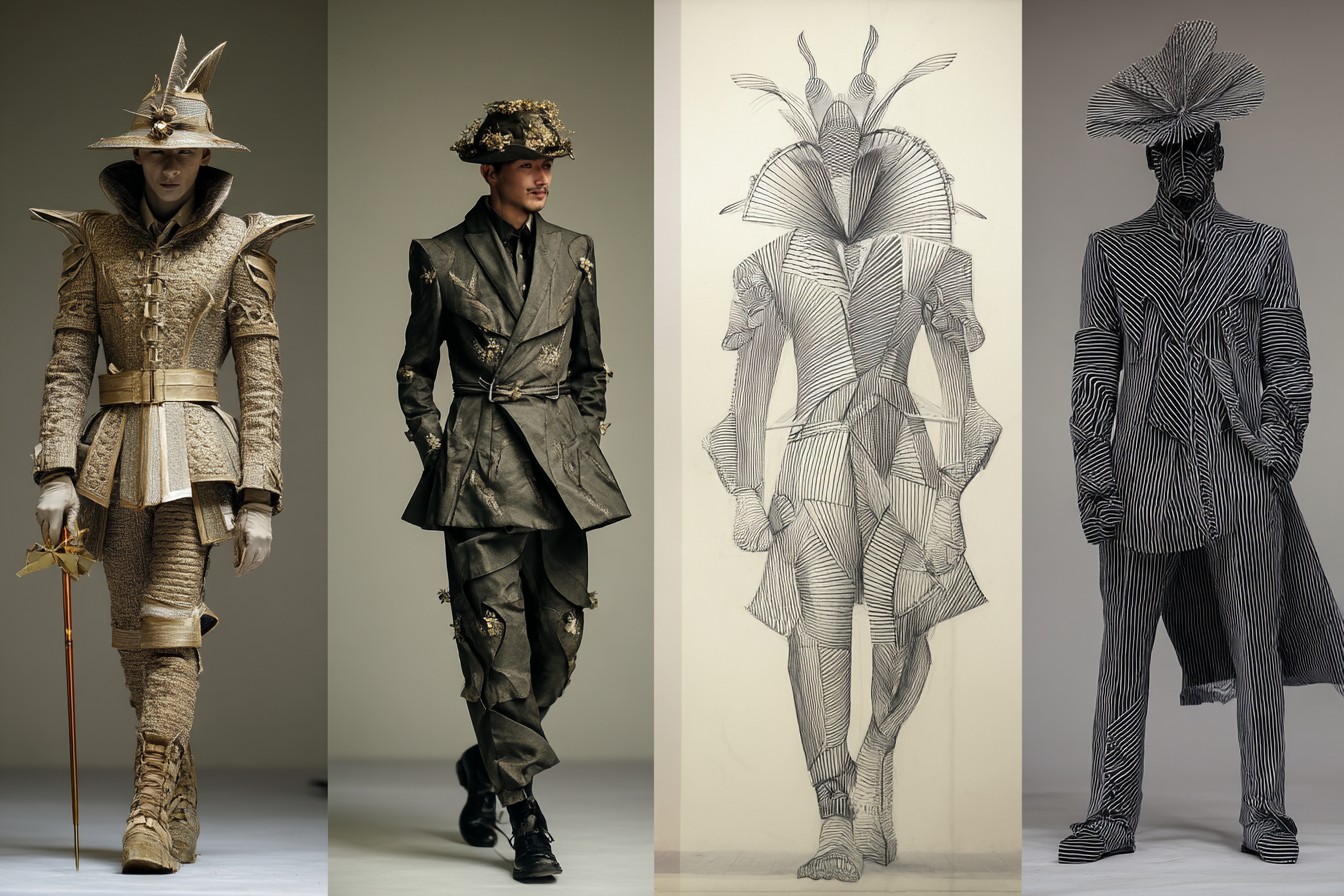
I’ve only been to a handful of these weekends, having not been born into the kind of family that regularly gathers in houses with names rather than numbers. At my first, I made the critical error of bringing a high-performance hiking jacket rather than the expected waxed cotton. A fellow guest actually patted me on the shoulder and said, “Don’t worry, you can borrow something of Edward’s,” as though I’d arrived improperly dressed for a funeral. Edward, whoever he was, apparently had the appropriate outerwear, which was graciously loaned to me like a costume I needed to blend in.
For arts events like gallery openings or theater premieres, “dress appropriately” operates on an entirely different axis. Here, it’s less about formality and more about signaling cultural awareness. The cardinal sin is looking like you’ve come straight from the office in standard work attire. Appropriate dress involves an element of creative expression—interesting textures, unusual combinations, perhaps one deliberately “difficult” element that suggests you’re engaging with the art rather than just viewing it.
I’ve noticed at London gallery openings that men often deploy what I call “the statement item strategy”—one visually interesting piece (unusual glasses, a vintage jacket, architectural shoes) paired with otherwise understated clothing. The message is clear: “I’m creative but not trying too hard.” Trying too hard is perhaps the greatest sin in creative circles, though trying too little runs a close second. It’s an exhausting tightrope to walk.
For sporting events, the definition of “appropriate” depends entirely on the sport. Horse racing has perhaps the most elaborate unwritten dress code in British culture. Royal Ascot’s formal enclosures have actual written rules (morning suits, specific hat dimensions), but even at less prestigious meetings, there’s a clear expectation: men in suits or at least jackets and ties, women in dresses with hats or fascinators. The colors get progressively brighter and the behavior progressively looser as the day advances, but starting with a level of formality is key.
I once attended the Derby with a group including an American friend who interpreted “dress appropriately” through his own cultural lens and arrived in what he called his “smart clothes”—pressed chinos and a polo shirt. He looked perfectly presentable but conspicuously out of place among the sea of suits and ties. By mid-afternoon, as various racegoers began removing jackets and loosening ties after several glasses of champagne, he looked increasingly appropriate, which perfectly illustrates the time-sensitive nature of these dress codes.
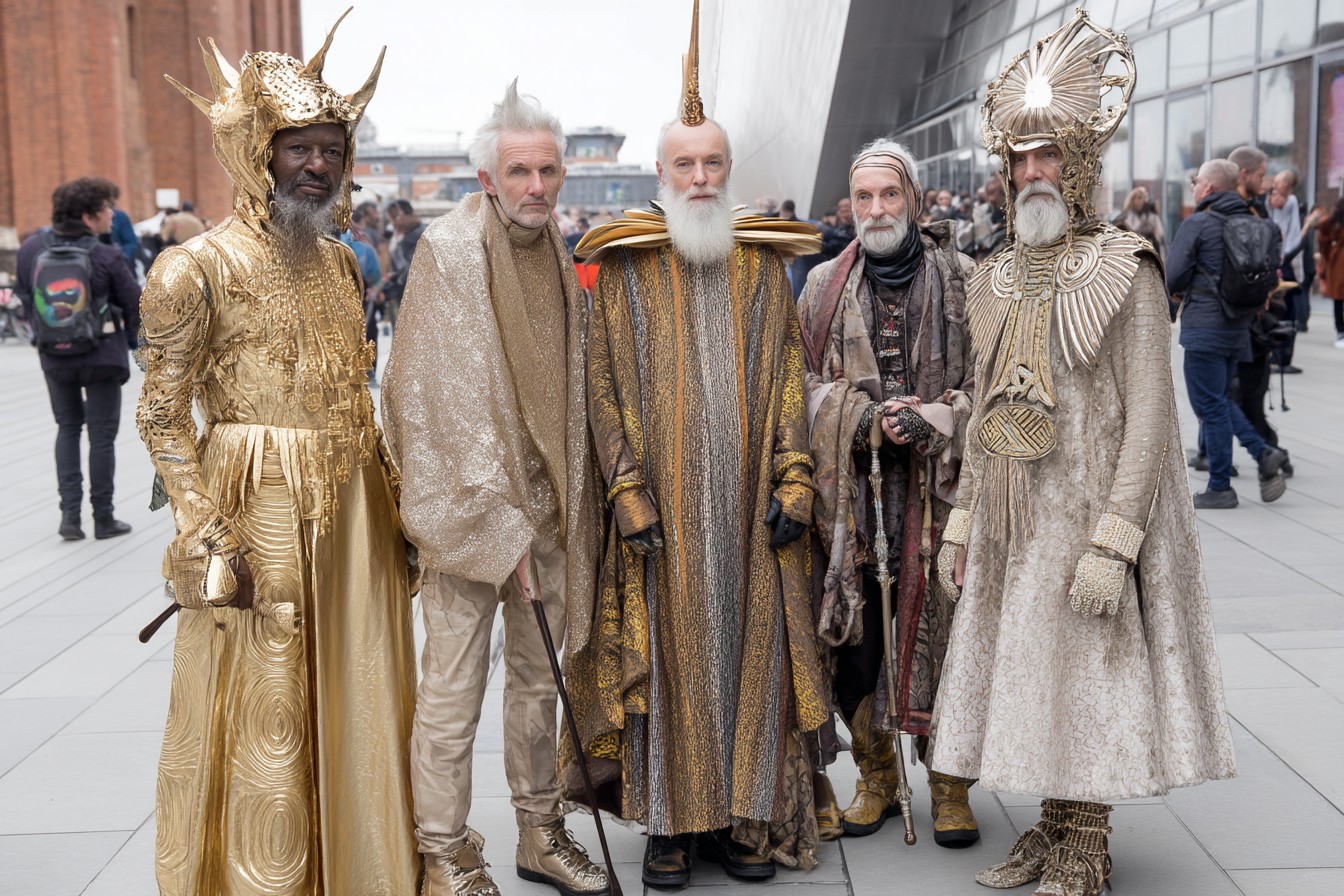
Cricket, by contrast, presents a more relaxed interpretation of “appropriate.” For test matches at Lord’s or the Oval, smart-casual is the norm—chinos or decent jeans with a shirt or smart polo, perhaps a blazer depending on the weather and your ticket category. County cricket games are even more relaxed, though turning up in clothing you’d wear to a football match would raise eyebrows. The key distinction is that cricket spectating is traditionally associated with a certain genteel quality, even as the sport itself has modernized.
Speaking of football, premier league matches represent perhaps the only British context where “dress appropriately” means something approaching genuine comfort and practicality. Club colors are appropriate but not mandatory. The only real faux pas is wearing an obviously brand-new, pristine replica shirt, which marks you as an occasional supporter rather than a genuine fan. Proper fans’ shirts show signs of having actually been worn before, preferably to previous victories.
The pub presents its own complex matrix of “appropriate” dress, varying wildly by establishment. A traditional countryside pub has different expectations from a trendy craft beer place in East London. The old-school boozer might expect clean but casual clothing with no obvious designer labels or fashion-forward elements. The hip urban pub might interpret “appropriate” as artfully distressed vintage pieces or contemporary streetwear, depending on its specific clientele. Getting it wrong in either direction can result in that uniquely British experience of not being explicitly asked to leave but feeling subtly unwelcome nonetheless.
I have a vivid memory of entering a proper old-man pub in rural Yorkshire wearing what I thought was perfectly appropriate casual clothing, only to realize from the sudden silence and stares that my idea of “casual” (slim jeans, desert boots, and a plain t-shirt under a denim jacket) read as aggressively metropolitan to the local crowd. I spent an uncomfortable hour nursing a pint while trying to make myself as inconspicuous as possible, learning a valuable lesson about the regional variations of “appropriate.”
Dinner parties carry their own complicated code. In London, “dress appropriately” for dinner typically means smart-casual with an emphasis on smart—dark jeans or chinos, a proper shirt or at least a very good t-shirt, decent shoes (never trainers unless you’re in certain creative circles where deliberately expensive trainers function as formal footwear). The rule of thumb is to dress as though you’ve considered the host’s effort in preparing the evening, without looking like you’re treating their home as a formal restaurant.
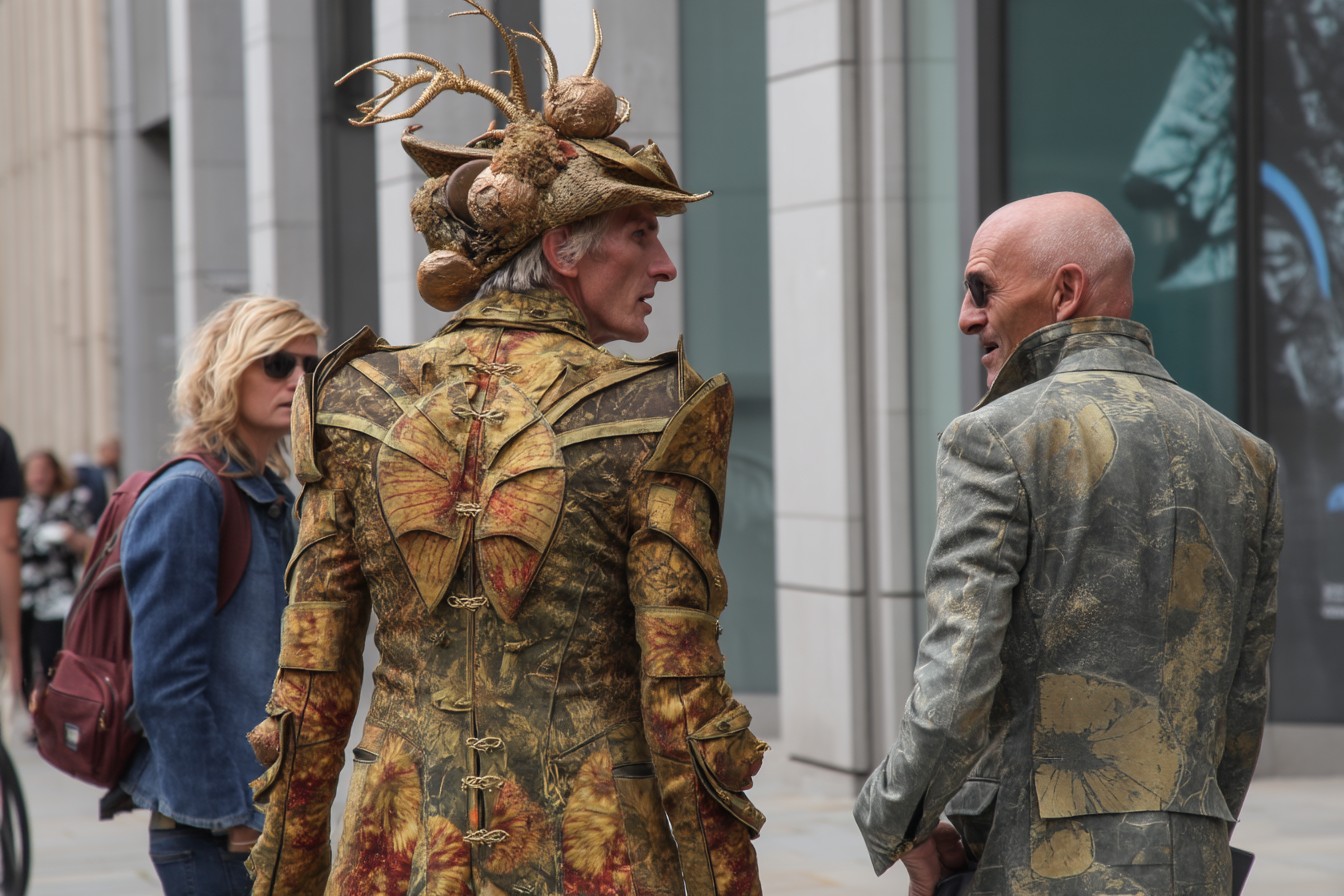
Outside major cities, dinner party dress codes relax somewhat, though there’s still an expectation of making more effort than your everyday attire. The one constant across all regions: don’t outdress the host in their own home. If they’re in jeans and a casual shirt, arriving in a suit makes everyone uncomfortable. I’ve made this mistake and spent an entire evening being asked if I was going somewhere else afterward, which was doubly awkward because the answer was no—I’d just misinterpreted “appropriate.”
Literary festivals, book launches, and similar cultural events operate on yet another standard of appropriateness. Academics and authors often adopt a deliberately rumpled aesthetic—tweed with elbow patches isn’t completely extinct—while publishers and agents typically present a more polished version of creative-industry style. As an attendee, the safest interpretation of “appropriate” is smart-casual with perhaps one slightly bookish element—interesting glasses, a tote bag from a respected independent bookshop, or a scarf in colder months.
For political events like party conferences or fundraising dinners, “dress appropriately” carries ideological undertones. Conservative gatherings typically skew more formal and traditional—proper suits for men, dresses or skirts with blouses for women. Labour events allow more variety but still maintain a baseline of smartness to communicate seriousness of purpose. Smaller parties and activist groups often have their own distinct aesthetics—Green Party events might interpret “appropriate” as sustainable and ethically-produced clothing, while nationalist parties might emphasize traditionally British elements.
The common thread across all these contexts is that “appropriate” rarely means the most comfortable or practical option. It’s about visual signaling—demonstrating that you understand the unwritten rules of the space you’re entering. It’s a form of social intelligence expressed through fabric and design choices, communicating respect for tradition in some contexts and awareness of current cultural conversations in others.
So next time you receive an invitation with that frustratingly vague instruction to “dress appropriately,” consider the specific social ecosystem you’ll be entering. Who will be there? What values do they prioritize? What would signal that you understand and respect the occasion? And if all else fails, remember the golden rule of British dress codes: slightly overdressed is almost always preferable to slightly underdressed. You can always remove a tie or a jacket; you can’t conjure one from thin air if you’ve guessed wrong.
Unless, of course, there’s an Edward around to lend you the appropriate outerwear. In which case, thank him profusely, and next time, do your cultural homework before packing your bag.
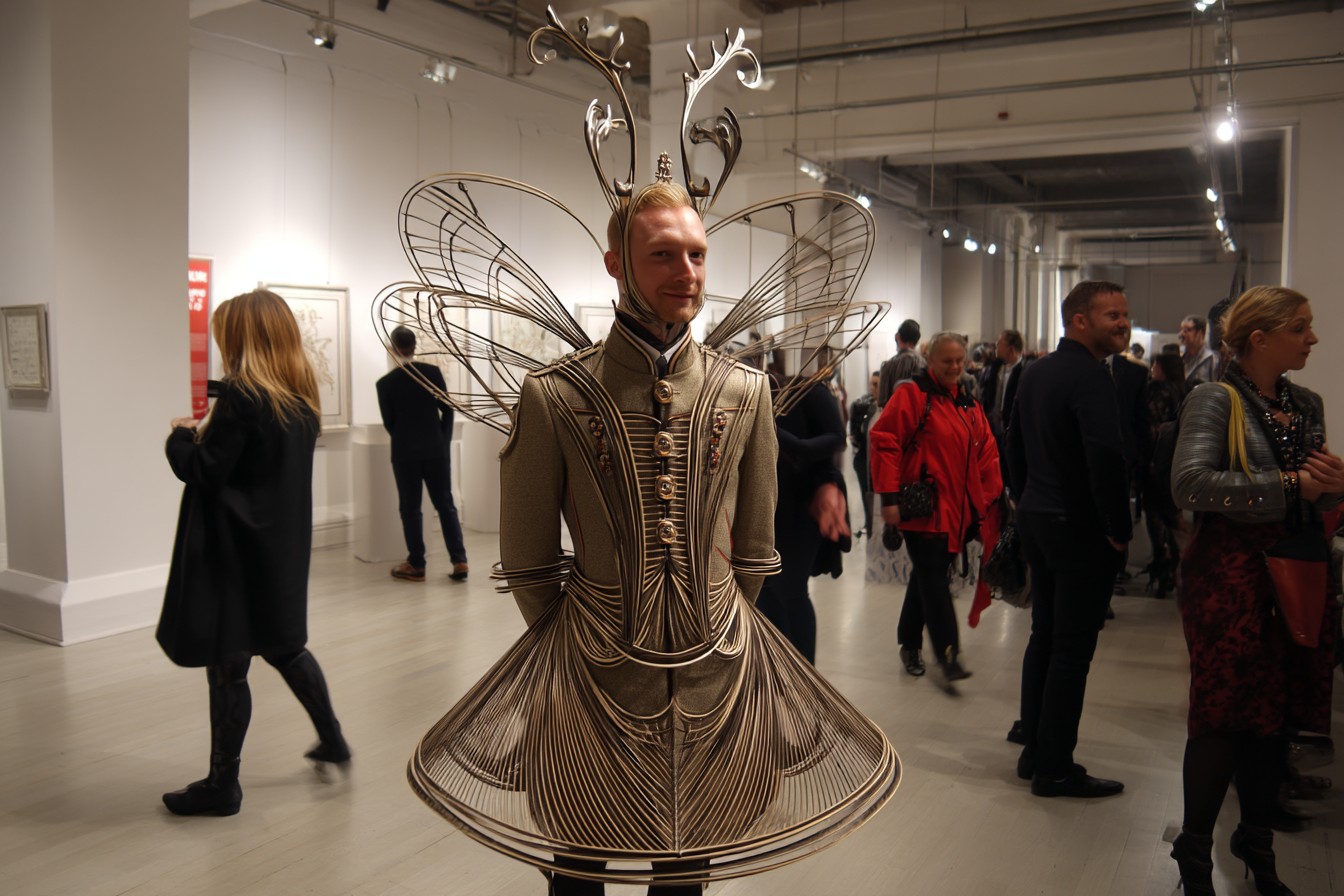
Leave a Reply